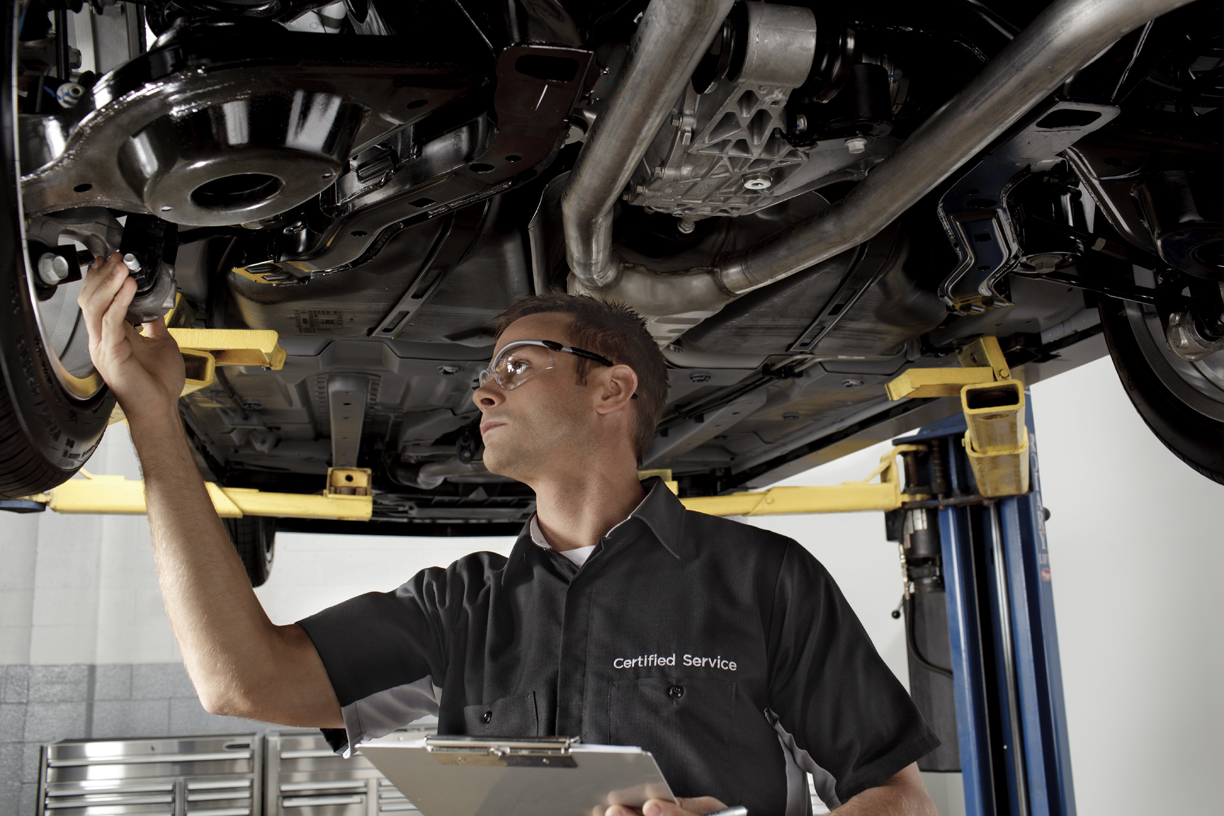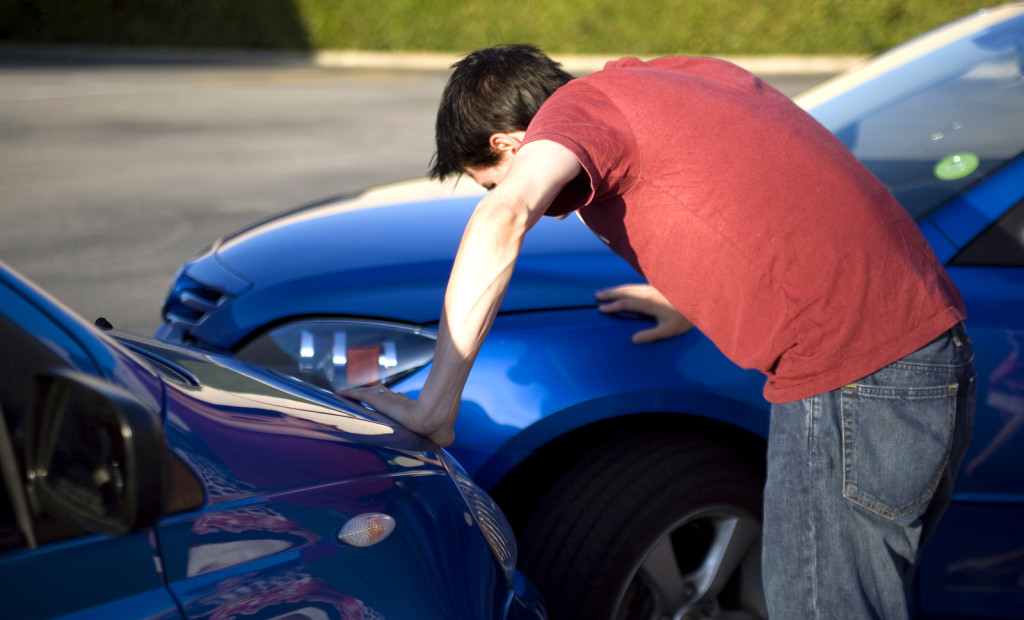Buying a used RV is completely different from buying a factory-fresh model. While, a well-maintained rig can help you save big bucks in the long-run, you need to be very careful with your purchase. One of the biggest mistakes is not checking the history of the vehicle you are considering to buy. Unscrupulous private sellers employ a number of tactics to camouflage the signs of decay in a severely damaged motor home. Flood-damaged rigs often play a central role in their scheme of things. Once flooded, the engine can never be fixed completely. Forget the outside gloss – that must be the work of cosmetic patch up. With a permanently damaged engine and a rotting body, a flood-damaged RV is nothing but a dangerous heap of junk. If you are researching RVs for sale by owners, be sure not to be duped into buying a damaged vehicle. Here are the tips to help you spot it:
Use Your Observation Power
What happens when you pour a bucket of water onto something – for example on the couch in your living room? It invariably leaves an ugly mark. Know what? Fabrics are not at all good at hiding the signs of water damage. That is why, the fabric of a motor home can offer you a valuable glimpse into its past. Carefully check all the interior fabric of the rig including the rug on the floor and the fabric on the ceiling and all the upholsteries in between. Don’t exclude the seatbelt from your scrutiny either. Look out for damage signs such as a ring of water on the upholstery, maybe a lump of silt here, some trapped debris there! Check carefully – can you spot any muddy residue or moisture on the body of spare tires in the trunk or headlights? And yes, look out for mismatched fabric that seems to have been updated only recently. New fabric on an old rig may be a sign of something fishy.
Next, move over to the other parts of the interior. Rust marks on the interior walls can definitely be a red flag, as it is not usual for interior walls to develop rust under normal circumstances.
Smell
Trust your olfactory senses and they will surely tell you about water damage on a used rig. Does a whiff of a damp, mildewy scent greet you as soon as you step inside? This is a strong sign of the rig being in water for quite some time. Also be wary when the rig smells too much of cleaning agents and car fresheners – this could be the car owner’s attempt at masking the smell of mold.
Check the Electrical and Mechanical Components
Water is the greatest enemy of any electrical system. So carefully examine all the electrical components including the AC, radio and blinkers for any sign of glitches.
What Experts Have to Say
Whether there is any definite reason to suspect flood damage or not, there are steps every used car buyer must follow. First, hire an experienced mechanic to examine the unit for you.Secondly, purchase a vehicle history report. This step will help you get a glimpse into its past. In addition to flooding, the report will tell you whether the rig was involved in any accident, which could impact its value and safety.
Be careful while test-driving. You are likely to feel hitches while riding a flood-damaged vehicle, as the run-down engine won’t give you a smooth ride. Avoid buying pre-owned rigs from areas that have experienced flood in recent times.
Buying a flood-damaged rig is a costly mistake. When you are looking at RVs for sale by owner, keep your mind open about buying from a broker. They are often a better choice because they too would be careful about selling a good RV as anything else might have a negative impact on their business.




